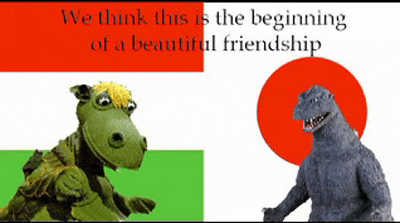Someone once told me that by the age of 6 months we understand everything that is said to us and we can even distinguish between the languages that we hear.
The human brain is capable of amazing things.
Here’s what happened when my daughter, whose mother is my Japanese wife, was about one year old. One evening my wife tried to read a Hungarian story to the toddler, who immediately stopped her. I then tried to read to her in Japanese, and she stopped me, too. She simply didn’t like it. Clearly she noticed that we weren’t reading as smoothly as we should have been, and we also have foreign accents in each other’s language. Since then, we both stick to our native languages when reading aloud. However, she is not as rigid as she used to be. She is now four, and may have realized that it is tougher to read a story in another language, so she’s become more understanding. In fact, she’ll stop us and ask for an explanation if she doesn’t understand a word.
What is truly important is that the child of our mixed marriage hears her mother tongue about 50 percent of the time and her father tongue for the other 50 percent. This has enabled her to be truly bilingual. And to speak two rare languages equally well is equivalent to a life insurance policy.
However, although she understands both languages, she is only willing to speak in the language of her environment, the language she hears from her surroundings. The environment of the kindergarten she goes to year round is Hungarian, which makes it natural for her to speak Hungarian. However, when we travel to Japan with her, within 3 or 4 days she begins speaking Japanese, much to the delight of her grandparents.
It is easier to speak Japanese than to read and write it. It is particularly difficult to learn the Kanji and even harder to remember them once learned. Most of the children of mixed marriages who live in Hungary do not attend Japanese school (in fact, there is only one school in the whole of Hungary where the curriculum and language of instruction are Japanese), so either the Japanese parent teaches the child to read and write and/or the child attends a hoshuko (a supplementary Japanese school designed for foreign countries) at the weekend, from the age of about five. It operates a bit like a kindergarten, teaching the Japanese kanji in a playful manner.
Some families send their children back to Japan during the month-long Hungarian summer holiday, where they attend a Japanese school for a month. Since a child’s brain is like a sponge when it comes to absorbing knowledge, children can learn a great deal in the course of a month.
Image sources: http://herefold.blog.hu; http://cultura.hu
